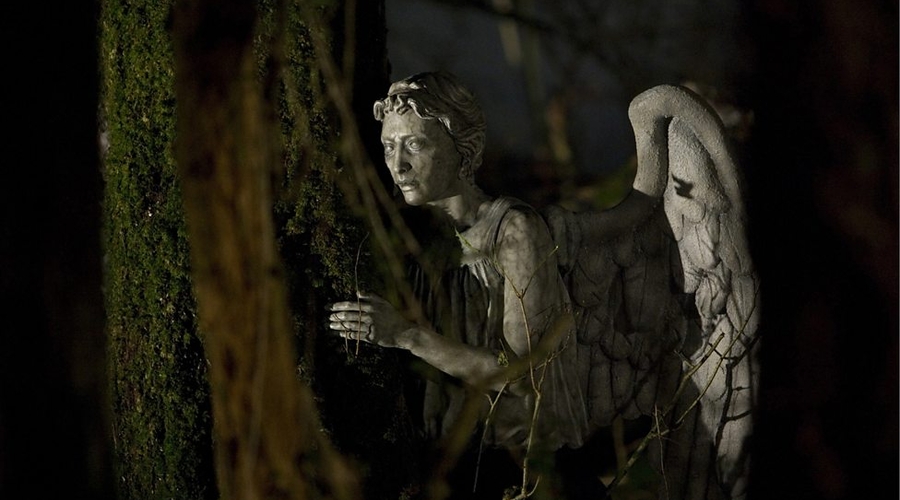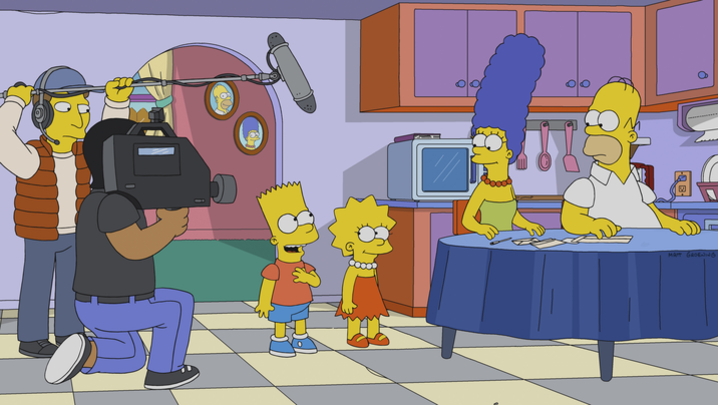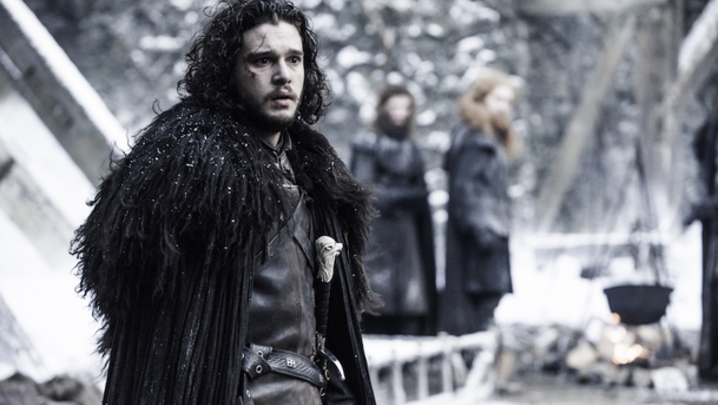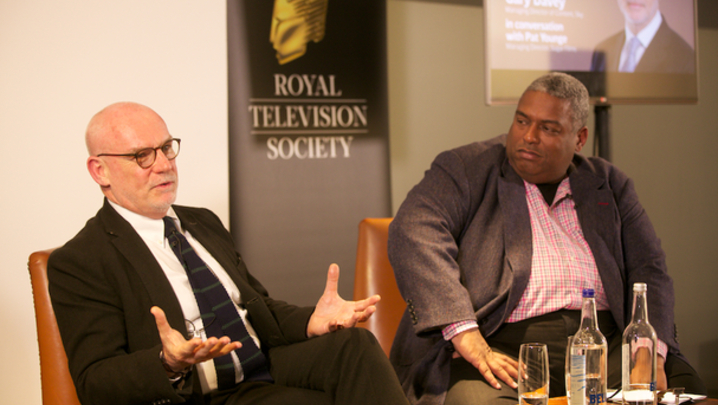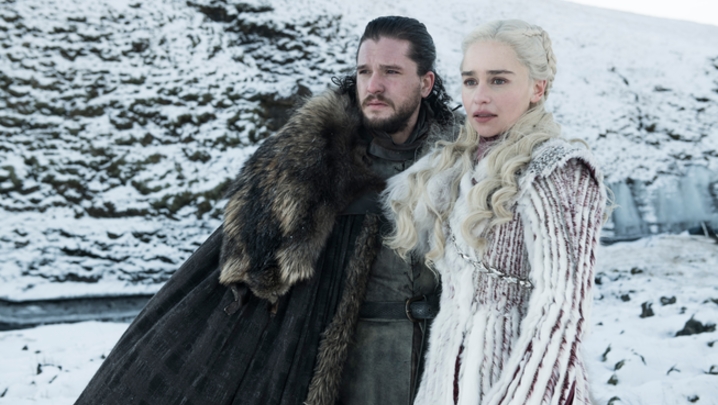As the nights draw in it’s time to reflect on some of the spookiest monsters that have haunted our screens.
From walking corpses to stone statues, what methods were used to create such legendary creatures?
Find out in our list of TV's scariest monsters.
The Wights
Game of Thrones, HBO/Sky Atlantic

Created using a combination of CGI and prosthetics, The Wights are Game of Thrones’ equivalent to zombies – reanimated corpses that serve the will of the mysterious White Walkers.
The most notable Wight appeared in The Dragon and the Wolf in series seven.
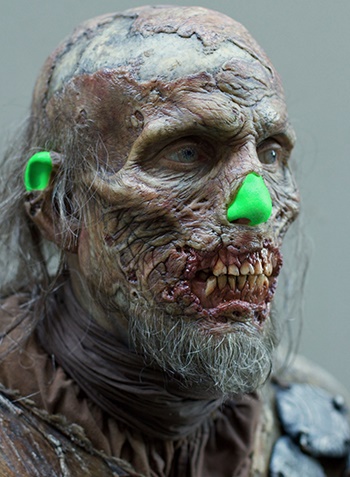
Played by stuntman Michael Byrch, The Wight was initially created through detailed prosthetics applied by the make-up effects company BGFX.
This included silicone make-up and a body suit which Byrch wore during filming.
In post-production VFX company Pixomondo were able to isolate and augment the areas of Byrch’s body suit that were covered with green screen areas.
This allowed the VFX editors to add further aesthetic details to The Wight including hollowed bones and even meant that the creature could appear dismembered.
Throughout Game of Thrones The Wights have varied in shape, size and even species as demonstrated by the Zombie Polar Bear which appeared in Beyond the Wall in series seven.
Created by Weta Digital, the Polar Bear was achieved purely through CGI using a green body suit and harness as an outline for the movements of the undead bear.
Filming has finished for the eighth season of Game of Thrones and will air in 2019.
The Demogorgon
Stranger Things, Netflix
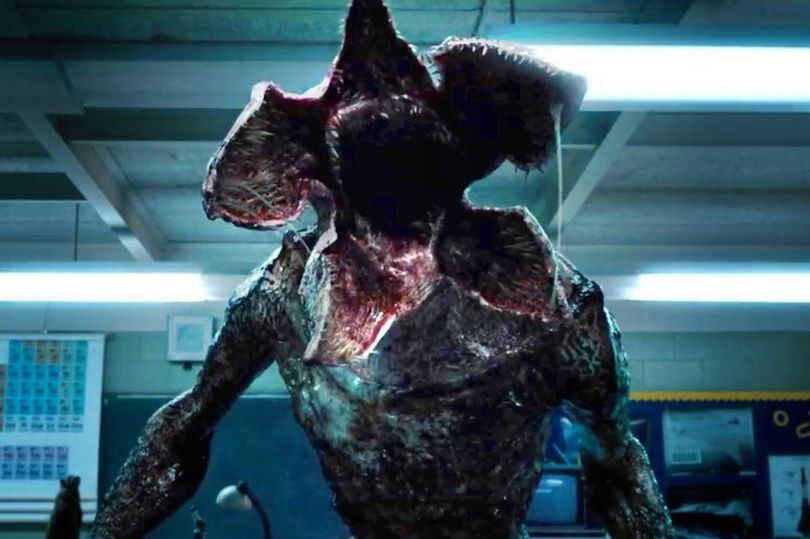
A mysterious predator from parallel world The Upside Down, the Demogorgon was a tall humanoid creature with supernatural abilities that terrorised the residents of Hawkins, Indiana, until its death at the hands of protagonist Eleven (Millie Bobby Brown).
The team at Aaron Sims Creative combined visual effects and 3D printing to help design and create the deadly Demogorgon with prosthetics company Spectral Motion, moving away from the common practice of using clay sculptures.

The nightmarish creature was dreamt up by Stranger Things’ showrunners Matt and Ross Duffer and appeared in the first series of the hit Netflix series.
Actor Mark Steger wore a body suit and animatronic head created by the team at Spectral Motion to portray the Demogorgon.
The body suit included green screen areas and stilts to accurately reflect the size of the Demogorgon.
Aaron Sims Creative also created computer generated shots to depict the Demogorgon’s movement in scenes where prosthetics could not.
The third series of Stranger Things will be available to watch on Netflix in 2019.
The Walkers
The Walking Dead, Fox
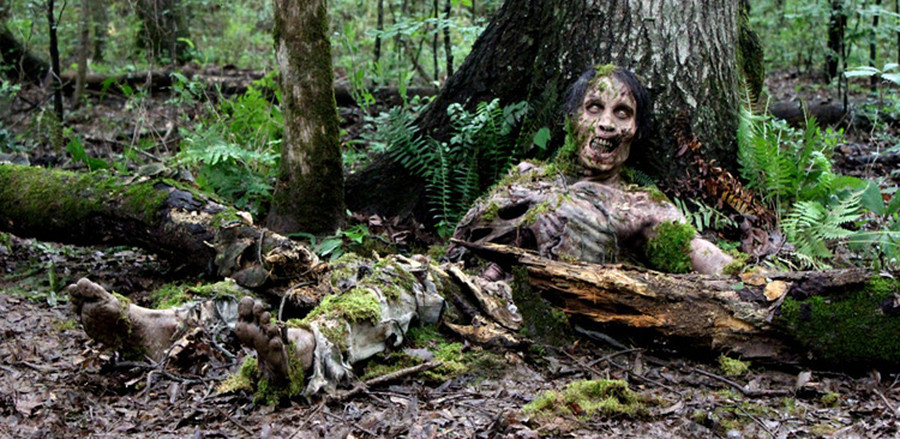
The Walking Dead’s Walkers reflect one of Halloween’s most popular monsters….zombies.
Fuelled by an ever-increasing hunger for human flesh, The Walkers are decaying humans that have been infected by a contagious pathogen that brings the dead back to life and the living closer to death.
The flesh-devouring creatures are portrayed by stunt performers wearing prosthetics made by make-up effects company KNB EFX Group.
Led by Greg Nicotero the show’s executive producer, director and make-up artist, the team created hundreds of moulds and sculptures for the series, based around showcasing the zombies’ most prominent feature: their teeth.
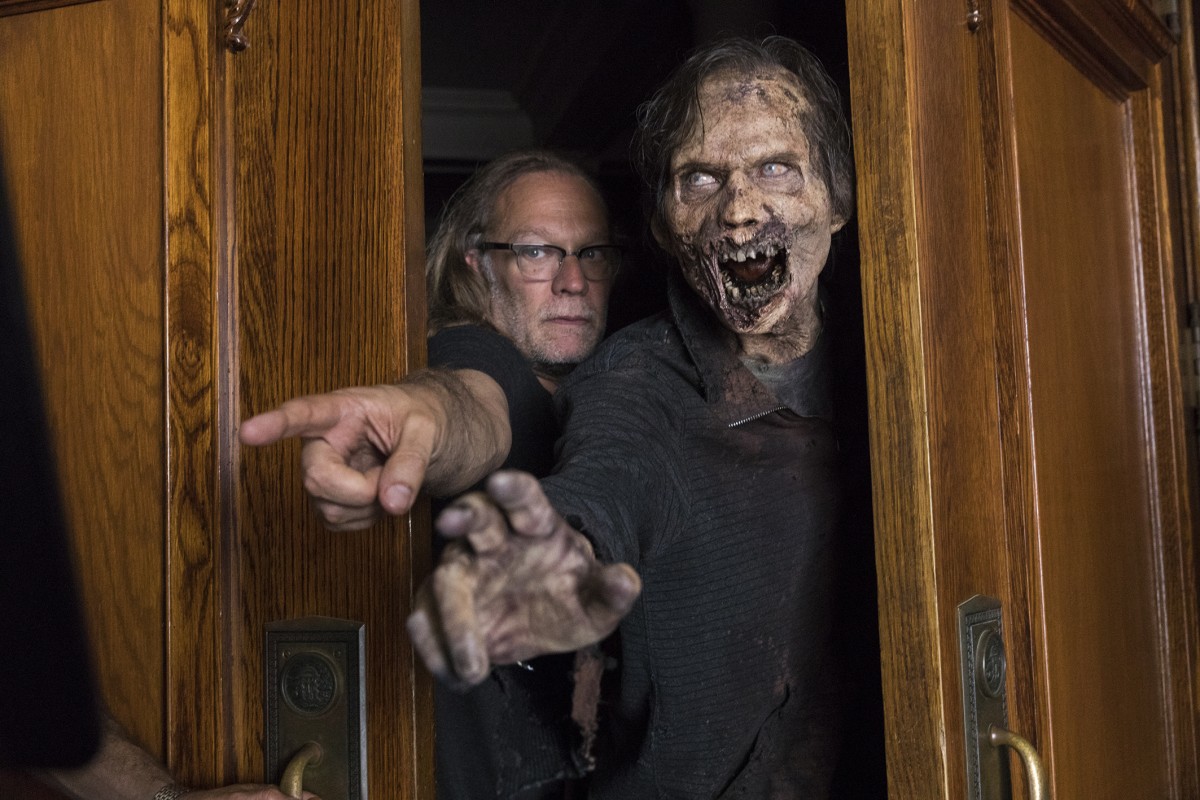
Animatronics are used to represent Walkers that are limbless, and KNB EFX use reusable puppets for action stunts where Walkers are killed gruesomely.
The ninth series of The Walking Dead continues on Mondays on FOX at 9.00pm.
The Weeping Angels
Doctor Who, BBC
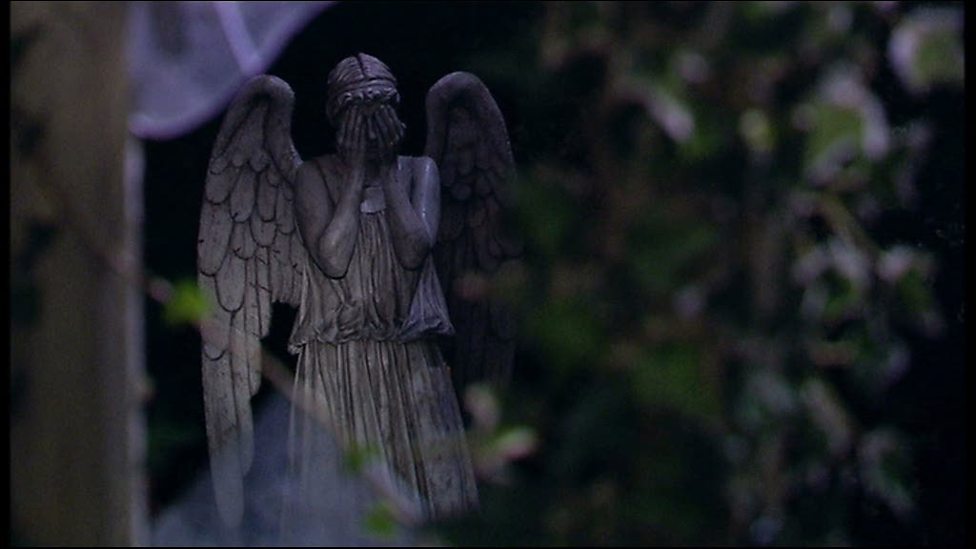
A creation of former Doctor Who showrunner Steven Moffat, The Weeping Angels were brought to life by the talented team at Millennium FX, who have spent over ten years making prosthetics for Doctor Who.
The Weeping Angels are a race of galactic vampires that instead of feeding on blood, send their victims back in time and feed off the potential years they would have lived.
Angelic in appearance, The Weeping Angels take the form of stone statues when they are being observed and cover their eyes as a defence mechanism, to prevent the stone killers from looking at each other.
Neill Gorton, Director of Millennium FX discussed working on Doctor Who and his career in prosthetics at an RTS London event Prosthetics and CGI: From the Real to the Virtual.
“We don’t want all digital actors,” said Gorton. “And an actor doesn’t want to be stood in front of a green screen all the time –they want to play a character. Just because you can do something, it doesn’t mean you should.”
The Weeping Angels were played by stunt performers wearing head sculptures and fibre glass resin to achieve a stone like appearance.
Catch the new series of Doctor Who on Sundays on BBC One.
Ethan Chandler
Penny Dreadful, Showtime/Sky Atlantic
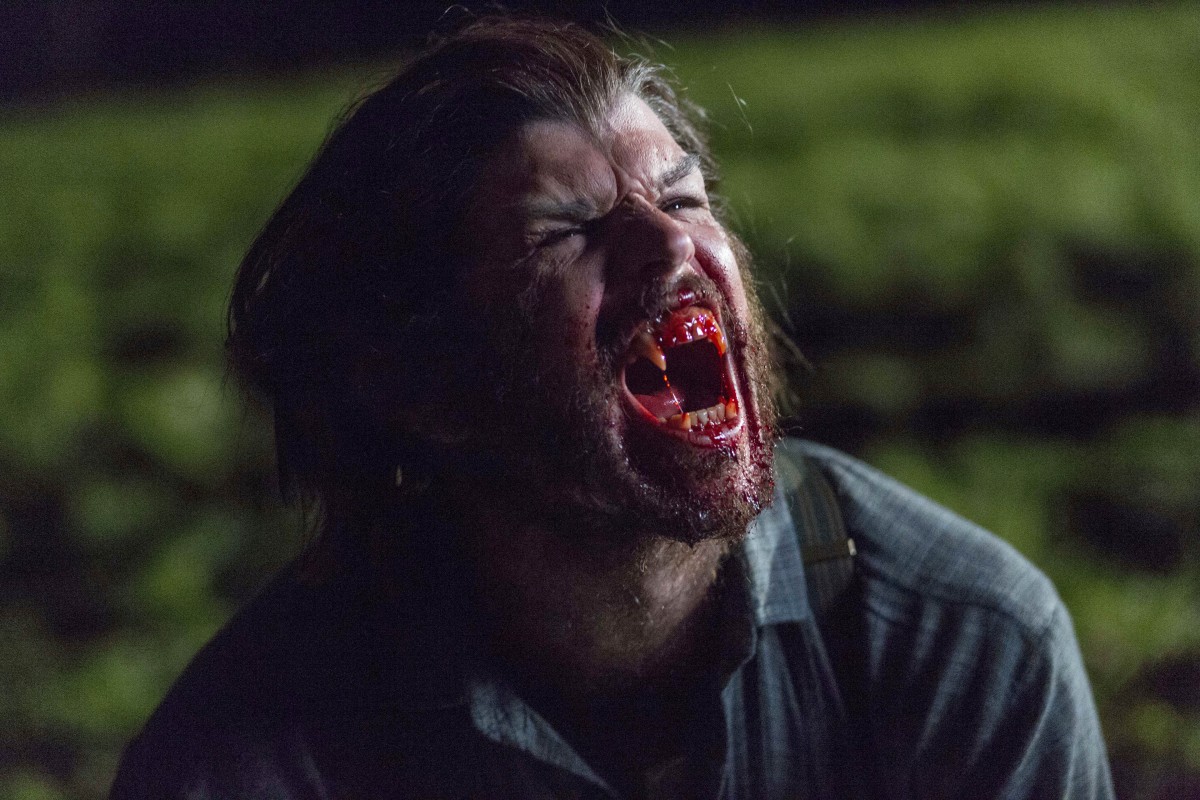
We couldn’t have a list of scary monsters without including a werewolf.
Josh Hartnett stars in supernatural drama Penny Dreadful as Ethan Chandler, a sharpshooter by day, who transforms into a frightening werewolf every full moon.
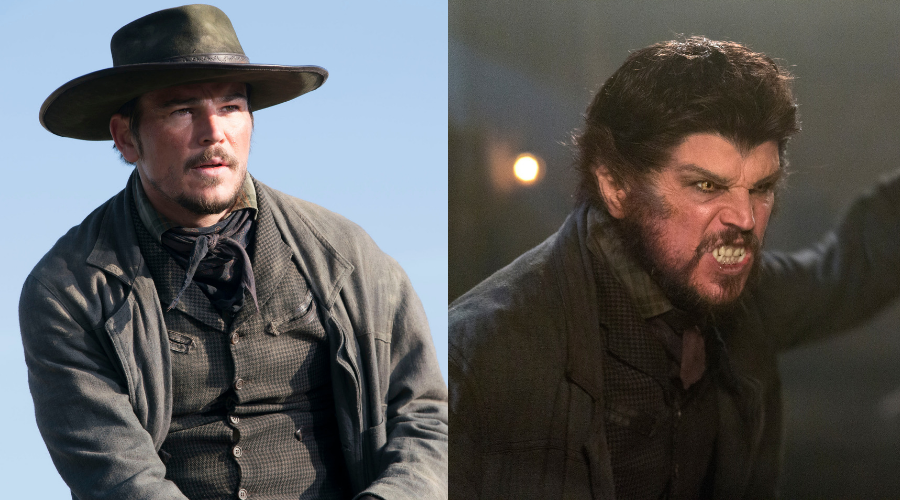
Instead of relying on post-production transformations, the series uses costumes and prosthetics to construct the characters.
The prosthetics team, led by designer Nick Dudman with prosthetic make-up artist Sarita Allison, made plaster moulds of the actors, which were used to sculpt their characters’ prosthetics.
It took the team six hours to build Chandler’s wolf-like appearance, with the application of latex masks, contact lenses and the addition of hair laying.
The design was based on the werewolf from the 1930s horror film Werewolf of London.
Watch Penny Dreadful on Now TV and Sky Go.

